Top 10 Choking Foods For Toddlers
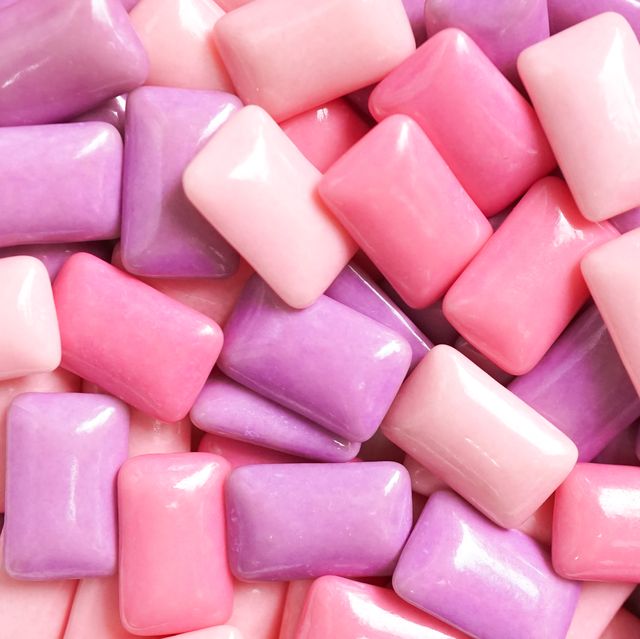
Every parent knows the joy of watching their toddler explore the world around them, from the first steps to the first words. But with this exhilarating stage of development comes the vital responsibility of safeguarding our little ones from potential dangers, and one of the most significant concerns is choking hazards. As curious as toddlers are, they're also prone to putting just about anything in their mouths, and that innocent exploration can sometimes lead to unexpected dangers.
In this article, we delve into the top choking hazards for toddlers, aiming to provide parents and caregivers with valuable insights on what to be cautious about in their child's diet. While mealtime should be a delightful and nourishing experience, it's crucial to understand that certain foods carry a higher risk of choking, especially for small children with developing swallowing and chewing skills.
We'll explore a range of foods that have historically posed choking risks for toddlers, discuss the importance of proper food preparation, and offer practical suggestions to minimize these risks. It's essential to strike a balance between introducing a diverse and nutritious diet to your child and ensuring their safety. By being aware of the potential hazards, we can take proactive measures to create a safe environment for our curious explorers, allowing them to thrive while minimizing unnecessary risks. Let's embark on this journey of knowledge and protection to provide our toddlers with the healthiest and safest start in life.
Top 10 Choking Foods For Toddlers
- Grapes
- Hot dogs
- Popcorn
- Nuts and seeds
- Raw vegetables
- Hard candy
- Marshmallows
- Peanut butter
- Chunks of meat or cheese
- Gum
1. Grapes
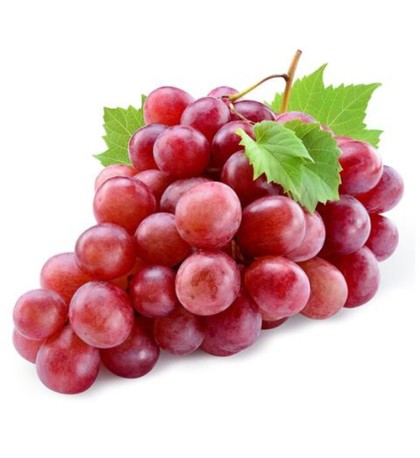
Grapes are a popular fruit, but they can be a major choking hazard for toddlers due to their size, shape, and slippery texture. A grape can easily block a young child's airway if swallowed whole. To make grapes safer, always cut them into small, bite-sized pieces before offering them to your toddler. This precaution significantly reduces the choking risk and allows your child to enjoy the sweet, juicy goodness of grapes safely.
2. Hot Dogs
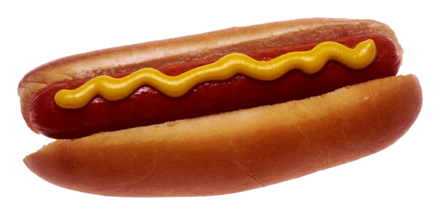
Hot dogs are another high-risk food for choking, mainly because of their shape and texture. The cylindrical shape and dense consistency make it easy for a piece to become lodged in a toddler's throat. To mitigate this danger, slice hot dogs lengthwise into thin strips and then cut them into small, manageable bites. This approach significantly reduces the risk of choking while still allowing your child to enjoy this kid-favorite food.
3. Popcorn

READ ALSO » 10 Early Signs Of Autism In Toddlers
Popcorn is a popular snack but can be a choking hazard for toddlers, especially if they are under 4 years old. The small, hard kernels can easily get stuck in a young child's throat. It's best to avoid giving popcorn to very young children. If you choose to introduce popcorn, wait until your child is older and has developed better chewing skills. Always supervise your child closely when eating popcorn to ensure they chew it thoroughly.
4. Nuts and Seeds
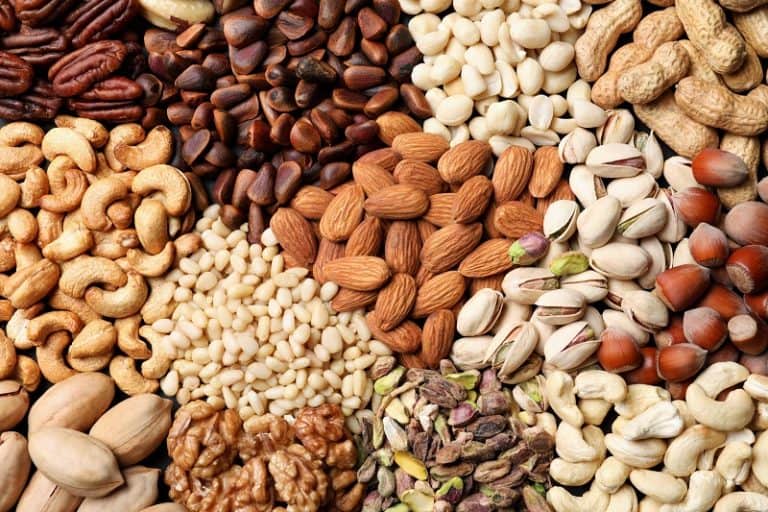
Nuts and seeds are nutritious but can be a choking risk due to their small size and hard texture. Whole nuts and large seeds are not suitable for young children. Instead, opt for nut butters (like smooth peanut butter) spread thinly on bread or crackers. If you choose to offer nuts, ensure they're finely chopped or ground, and select seedless varieties of fruits whenever possible.
5. Raw Vegetables
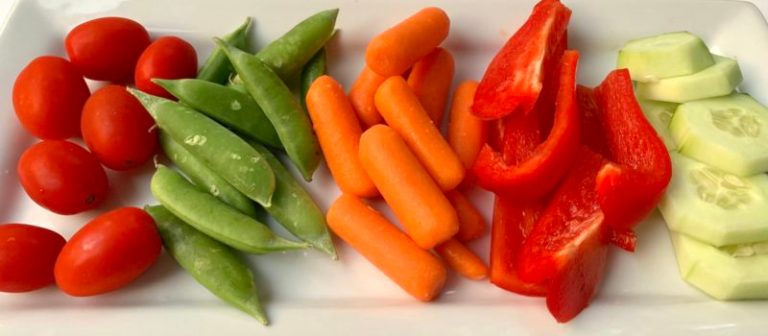
Raw vegetables, while nutritious, can pose a choking hazard for toddlers, primarily when presented in large, hard pieces. Carrots, celery, and other firm vegetables should be cut into small, manageable portions. Additionally, consider cooking or steaming vegetables to soften them slightly, making them easier for your child to chew and swallow safely. Always supervise your child during meals to ensure they handle raw vegetables properly and avoid any choking incidents.
6. Hard Candy

Hard candy poses a significant choking risk for toddlers due to its size, shape, and the risk of breaking into small, unmanageable pieces. Young children may not have the coordination to suck on hard candy safely, and accidentally swallowing or inhaling a piece can lead to a blocked airway. It's best to avoid giving hard candy to toddlers altogether, opting for safer alternatives like soft fruit pieces or healthy snacks that don't pose a choking hazard.
7. Marshmallows
While marshmallows might seem soft and harmless, they can become a choking hazard for toddlers, especially if they're given in large, whole pieces. Their sticky texture can make them difficult to swallow, and a larger piece may block a child's airway. If you want to give your child marshmallows, consider cutting them into smaller, bite-sized portions to reduce the risk. Always supervise your child while eating marshmallows to ensure they're handling them safely.
8. Peanut Butter

Peanut butter, a staple in many households, can pose a choking risk for toddlers if not used properly. Avoid giving spoonfuls of peanut butter to young children, as the thick, sticky texture can be difficult to swallow. Instead, spread a thin layer on bread or crackers. Ensure that your child takes small, manageable bites to prevent any potential choking incidents. By using peanut butter responsibly, you can provide a tasty and nutritious option while minimizing risks.
9. Chunks of Meat or Cheese
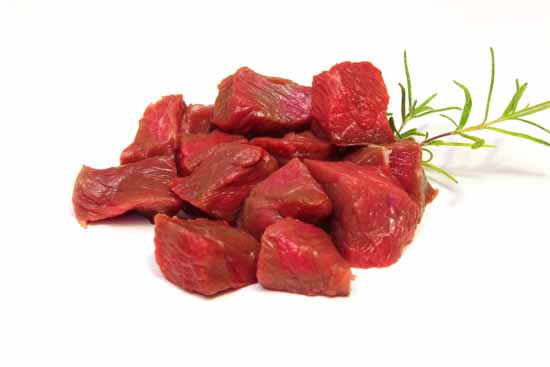
Chunks of meat or cheese, especially when large and tough, can present a choking hazard for toddlers. It's essential to cut these foods into small, bite-sized pieces that are easy to chew and swallow. Remove any bones from meat, and choose softer cheese varieties to minimize the risk. When introducing meat or cheese to your child's diet, always ensure proper preparation and close supervision during meals to prevent choking.
10. Gum
READ ALSO » 8 Foods That Should Not Be Cooked In A Pressure Cooker
Gum is a significant choking risk for young children and should not be given to toddlers. The sticky nature of gum can cause it to adhere to the throat or get lodged in the airway, leading to a choking emergency. It's crucial to keep gum out of reach of toddlers and educate older children about the importance of responsible gum consumption to prevent any accidental ingestion or choking incidents.
In conclusion, ensuring the safety of our toddlers during mealtime is paramount. By being aware of the potential choking hazards presented by certain foods, we can take proactive steps to minimize risks while still providing a diverse and nutritious diet. Always cut foods into appropriate sizes, supervise meals, and teach responsible eating habits as your child grows. Creating a safe dining environment allows our little explorers to thrive, experiencing the joy of discovering new tastes without unnecessary dangers. Let this knowledge empower you to provide a healthy, enjoyable, and secure eating experience for your toddler, setting the foundation for a lifetime of good habits.
